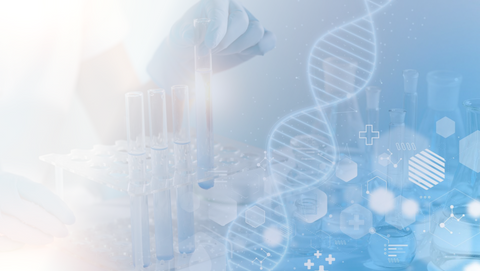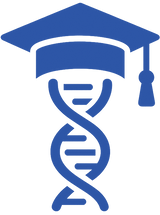Weight gain, bloating, crazy mood swings, abnormal periods… no, it’s not just part of ‘being a woman’. These unpleasant symptoms are far from normal and are certainly not something that any woman should put up with.
Unfortunately, that’s exactly what many women do. We blame ourselves for our symptoms, even when we’re doing our best to eat a healthy diet, live a clean lifestyle, and exercise regularly. And if we’re not doing these things, we feel doubly responsible.
Well, here’s the important news: hormonal imbalances are not our fault. In many cases, our discomfort and suffering come down to estrogen dominance and MTHFR.
And guess what, guys? You’re affected, too.














